Introduction
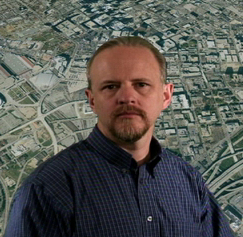
This module is narrated by David Goldberg, a journalist who has been writing about the nation's growth and development for the last 15 years, and Communications Director for Smart Growth America.
Introduction cont.
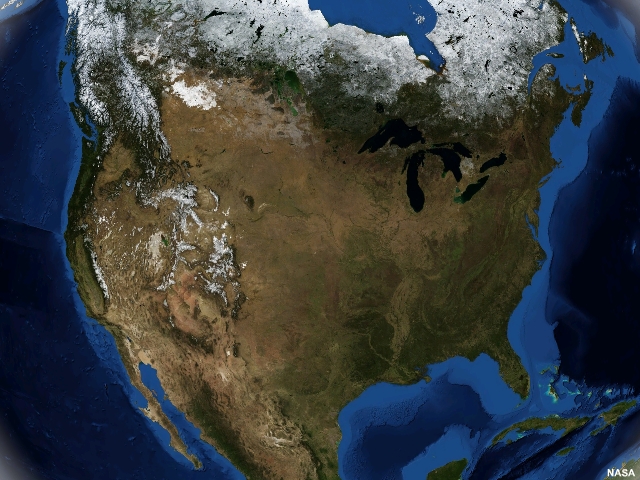
From above, the lower 48 states look like nothing but open space and wilderness. But turn the lights on and take a look at night and it's obvious that we've been doing a good job populating our land.
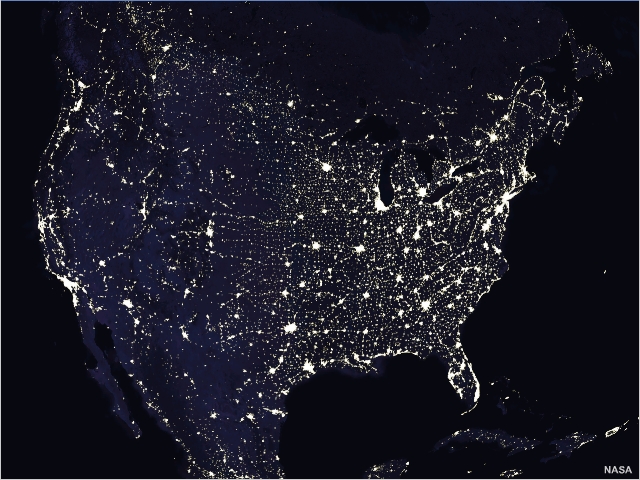
With a birth every 8 seconds, a death every 12 and a new immigrant every 26 seconds, our population is growing at a rate of one person every 11 seconds1. Sometime on October 17, 2006 the U.S. population reached 300 million, only 40 years after hitting the 200 million mark.
I'm David Goldberg. As a journalist, I've been writing about our nation's growth and development for the last fifteen years. Today, I'm communications director for Smart Growth America, a national alliance of organizations working to plan for a more sustainable future.
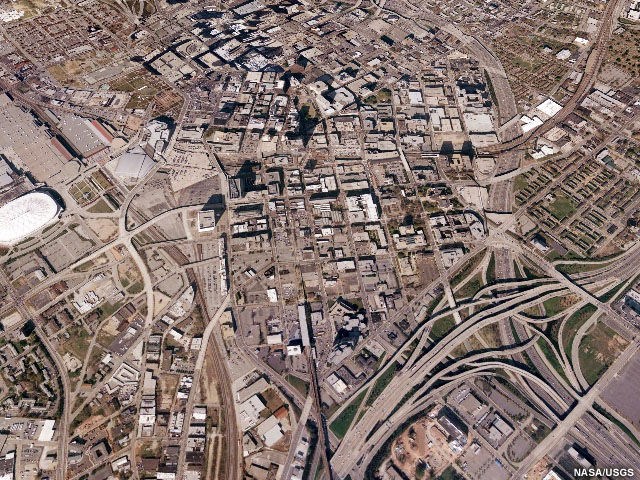
As our population grows, the way we develop our built environment becomes more and more critical to our quality of life and the sustainability of our natural environment.
Where and what we choose to build, the amount of land we use and the ways in which we use it take on increasing significance.
Over the years, particularly since World War II, we've been building in a way that ignores climate, that ignores topography, that ignores interaction with the built environment.
As communicators with the general public, meteorologists have an opportunity to reconnect, to make a lot of those connections again, to reestablish them. And we think the material in this course will help to establish a context for a lot of the reporting that meteorologists are doing. People respect and regard very highly what meteorologists have to say. So they can make an enormous impact.
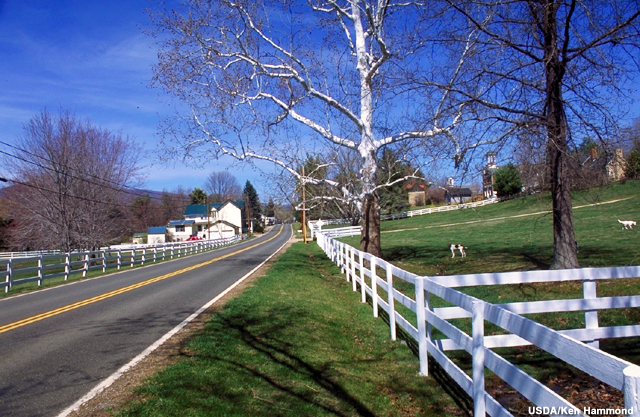
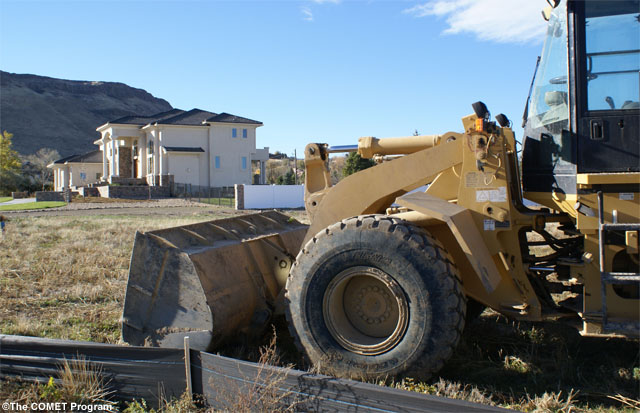
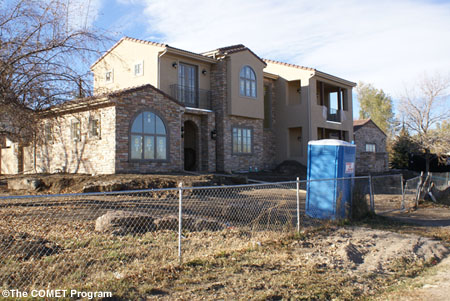

The focus of this course is to take a look at how our built environment – the buildings and communities we inhabit -- has evolved and how it currently impacts the urban watershed, air quality, and climate.
In Unit 1, Where We Live, we'll first take a look at past and current U.S. growth patterns and the way our urban areas have evolved from compact population centers to automobile-dependent sprawl. Unit Two, Impacts on the Watershed, explores how the built environment affects the water that moves through an urban watershed. Unit 3, Impacts on the Atmosphere, highlights the way our urban landscape and industrial activities impact the air we breathe and the local climate. Each unit includes information you can pass on to your viewers on ways to reduce our impact on our water and air.